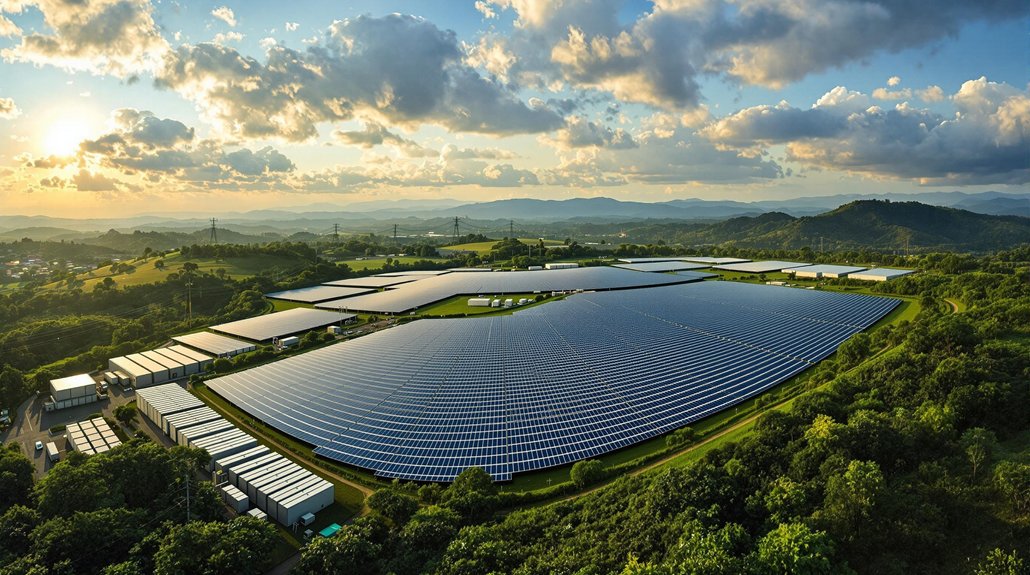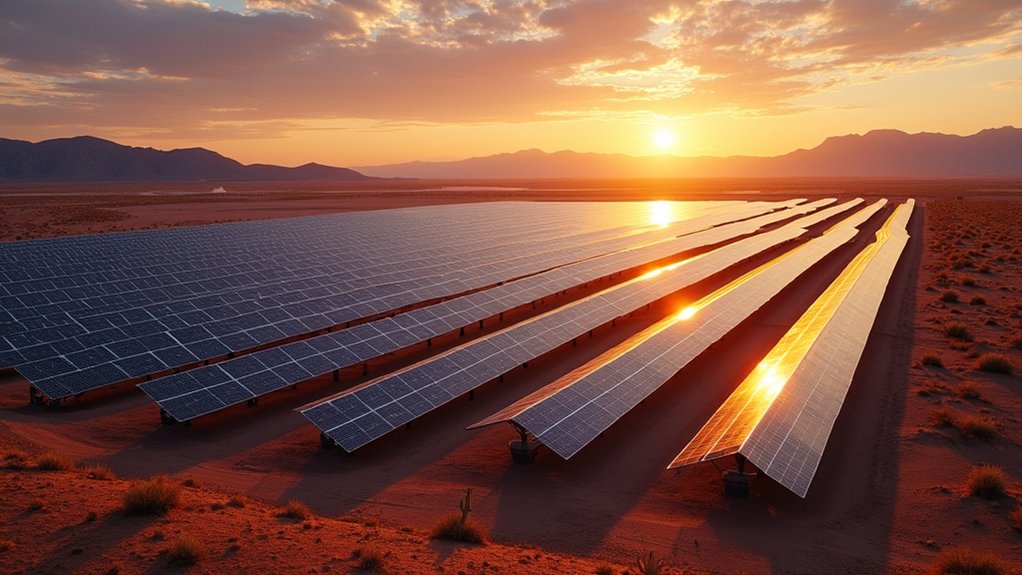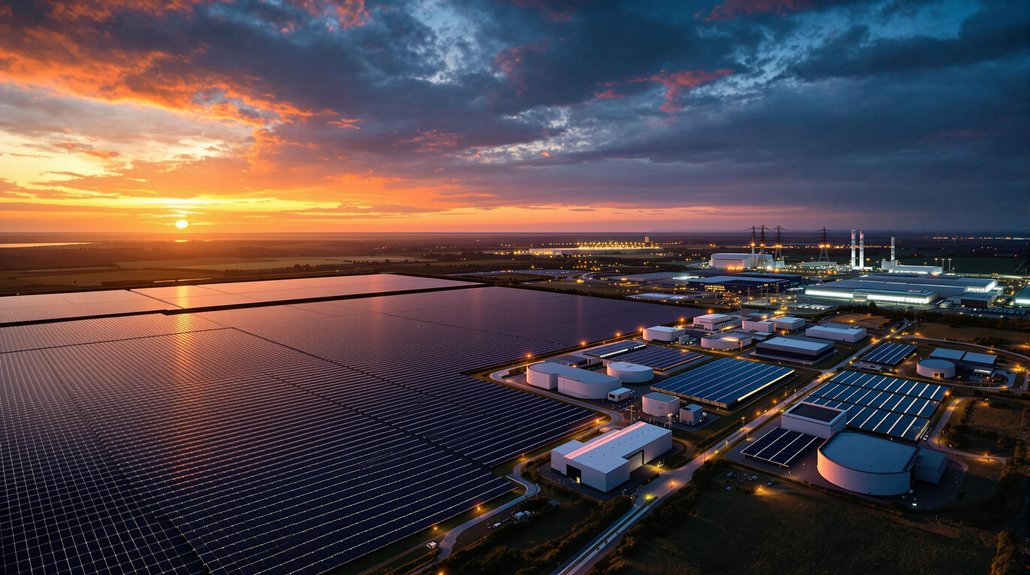The Philippines is launching its first-ever auction combining solar power and battery storage systems in late 2024. The initiative aims to add 9,378 MW of renewable energy to the national grid between 2026 and 2029. Including ground-mounted, roof-mounted, and floating solar installations, the auction requires batteries that can provide power for at least four hours. This program supports the country’s goal of reaching 35% renewable energy by 2030. Additional details reveal how this transforms the nation’s energy future.
The Philippines has announced its first-ever auction that combines solar power with battery storage systems. The groundbreaking initiative is part of the country’s Green Energy Auction Program (GEAP) and aims to add 9,378 megawatts (MW) of renewable energy capacity to the national power grid. The auction, scheduled for the fourth quarter of 2024, includes 1,100 MW of solar paired with battery storage.
This ambitious program features various renewable energy technologies. It includes 3,940 MW of ground-mounted solar, 48 MW of roof-mounted solar, and 3,000 MW of floating solar installations. The auction also offers 2,390 MW of onshore wind capacity. The integrated renewable energy and storage systems must meet specific technical requirements.
The battery storage components must provide power for at least four hours. They need an inverter ratio of 0.2 or higher and must achieve 85% round-trip efficiency. Only non-operational or curtailed solar facilities can participate, and all systems must comply with grid code requirements. This integration addresses the intermittent nature of renewable energy production through battery energy storage.
Projects selected in the auction will be deployed between 2026 and 2029. Winning bidders will receive 20-year supply contracts. The registration process will begin after the government publishes the GEAR price, with a pre-bid conference scheduled before the auction.
The initiative supports the Philippines’ goal to achieve 35% renewable energy in its power mix by 2030. It’s expected to drive substantial investment in the renewable energy sector while enhancing grid stability. The program will also reduce the country’s dependence on fossil fuels and create new jobs in renewable energy and storage industries.
Challenges remain for this pioneering approach. The country must address grid integration issues and guarantee economic viability for battery storage systems. The initiative aligns with global trends as lithium-ion batteries have seen an 87% price drop since 2010, making storage solutions increasingly affordable. However, this auction positions the Philippines as a leader in combining renewable energy with storage solutions. This initiative builds upon existing successful installations like the Helios Solar Power Plant, which is currently the largest in the country with 132.5 MW capacity.
With supportive market conditions and regulations, the program could serve as a model for other countries looking to modernize their energy systems.









